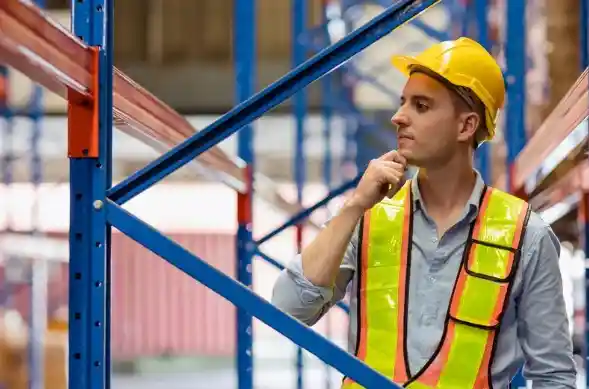Foundations of Strength: Structural Essentials
When we talk about strength in architecture, we conjure images of steel frames, reinforced concrete, and towering columns. However, it’s the hidden heroes of structural integrity that often go unnoticed yet contribute significantly to the endurance of any construction. These structural essentials are like the unsung melodies harmonizing the grand song of architecture.
The Role of Foundations
Foundations are the bedrock of any construction; they transfer the load of the structure into the ground. The careful design of a foundation ensures that the building can withstand not only the expected stresses and strains but also the unforeseen challenges nature might present.
Types of Foundations
There are several foundation types used depending on the site conditions and load requirements:
- Shallow Foundations: Used where the soil has sufficient bearing capacity at shallow depths. They include slab-on-grade foundations and are frequently used for residential buildings.
- Deep Foundations: These penetrate more deeply to find supportive soils and include types such as pile and pier foundations. High-rise buildings often rely on these for stability.
The Backbone of Structures: The Framing System
Much like a skeleton gives our body structure and shape, the framing system of a building defines its form. It also supports the weight of everything inside and out, including floors, walls, roofs, and occupants.
Steel vs. Wood Framing
- Steel Framing: Offers durability, resistance to fire, and strength. It’s a preferred choice for commercial construction for its ability to support heavy loads and span long distances.
- Wood Framing: Commonly used in residential construction, it’s known for being cost-effective and for its thermal properties, though it requires preservatives and protection against moisture and pests.
Insulation and Weatherproofing: The Armor Against Elements
Insulation is pivotal in maintaining temperature control within a structure. It conserves energy, reduces heat loss, and keeps occupants comfortable.
Weatherproofing protects the structure from water intrusion which can cause significant damage over time. Properly installed weatherproofing can protect the building envelope, thus preserving not just the structure, but also its interior.
Fasteners and Connectors: The Secret to Cohesion
The connectivity between elements of a structure is vital. Properly designed connections prevent catastrophic failure during events such as earthquakes and hurricanes. Fasteners and connectors must be chosen based on the materials they are joining and the environmental conditions they’ll face.
Sealants and Flashing: Preventing Moisture Penetration
Like the caulking around a bathtub prevents water from seeping into the walls, sealants and flashing around windows, doors, and roof penetrations ensure that no water can infiltrate the building envelope. This is key to preventing mold growth and material deterioration.
Overlooked Details That Enhance Structure
In large-span structures such as warehouses with metal roofing, there are often small but essential components like foam closure strips for metal roofing. These strips provide a tight seal between the metal roofing panels and the frame. They keep out water, insects, and dust while improving insulation and the acoustics of the building.
Building Skin: Balancing Aesthetics and Functionality
The outermost layer of a building is not just for show; it plays a crucial role in the integrity of the structure. Options include glass curtain walls, brick veneers, and metal sidings, each with unique properties that contribute to the aesthetic and functionality of the building.
Conclusion
The strength of a structure does not come from a single element. It is a symphony of carefully orchestrated parts, from deep within the earth to the high-reaching roof. By understanding the structural essentials, we appreciate the engineering marvels that surround us and ensure that the edifices we construct can endure for generations.
In the construction puzzle, each piece, no matter how small or seemingly insignificant, is critical to the overall stability. Innovations and attention to detail, such as the inclusion of foam closure strips for metal roofing, underscore the complexity and nuance in the art and science of building design. The foundations of strength in architecture lie in the acknowledgment of every single component’s importance and in the craftsmanship with which they are integrated.






